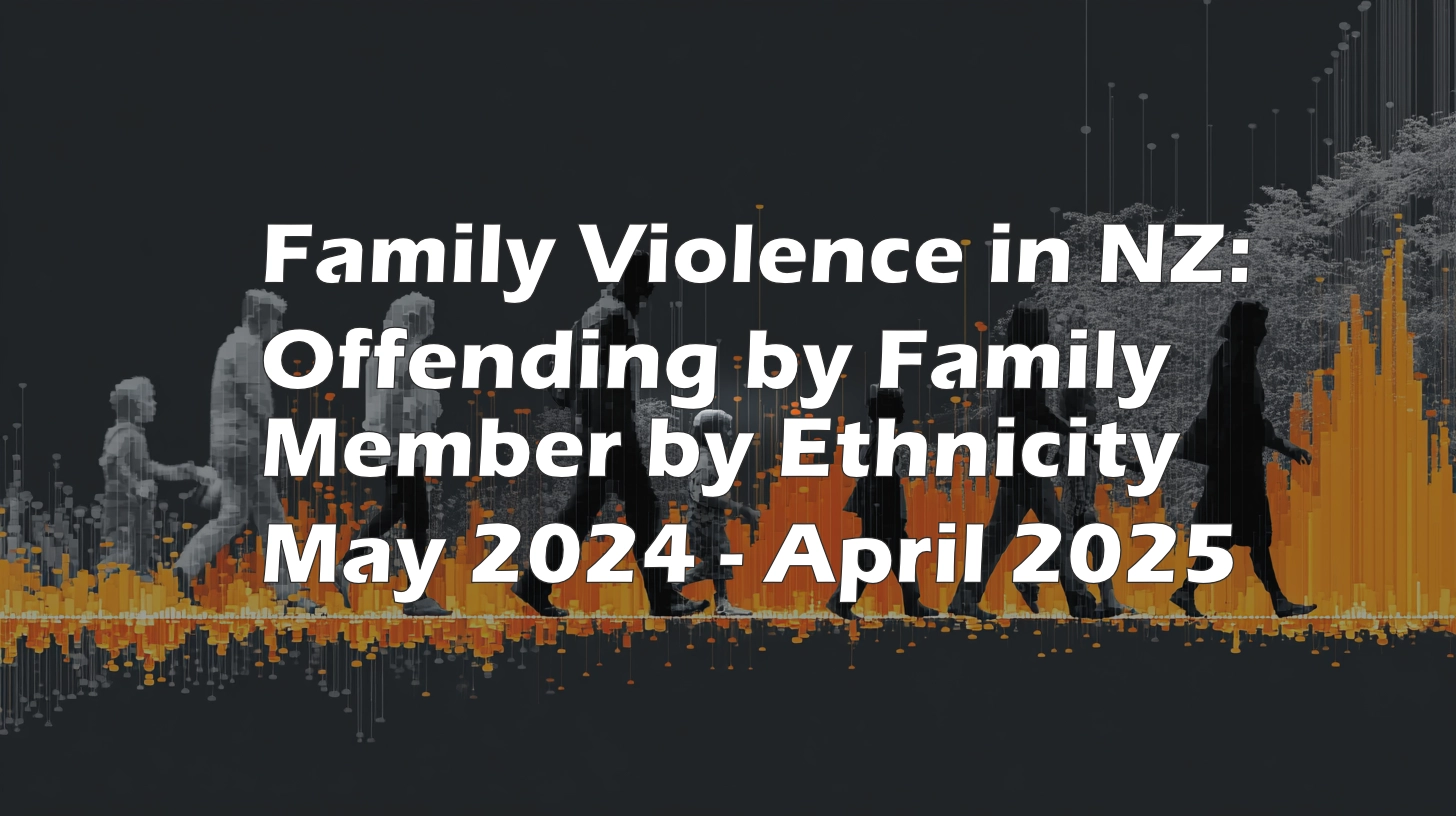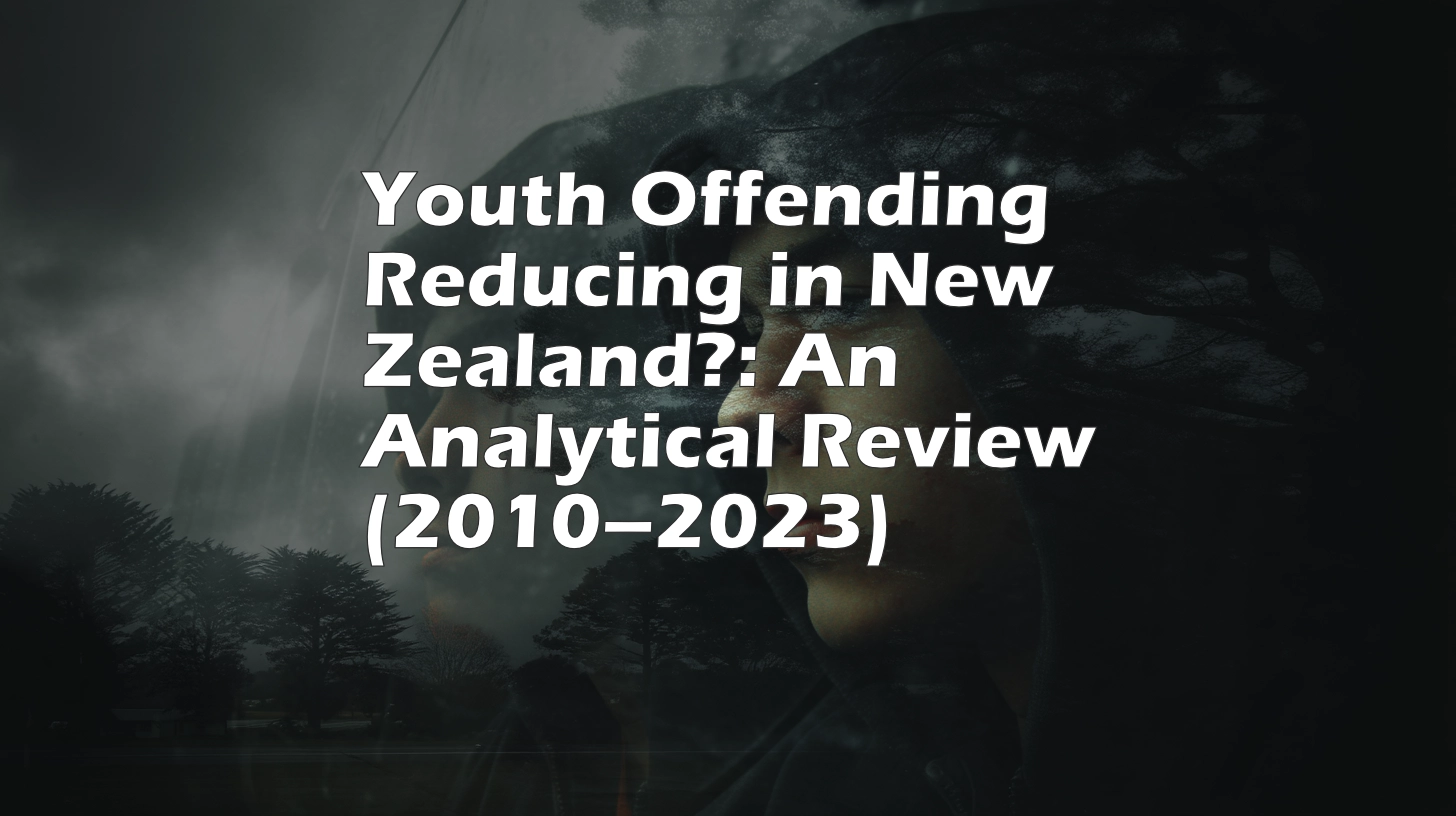In an era where generative AI tools like ChatGPT are being used to summarize, explain, and even interpret public health datasets, it is easy—and dangerous—to assume the output reflects a complete and mechanically accurate truth. In many cases, it does not.
Even when these systems are connected to official data, they can (and do) produce output that includes implied reasoning, smoothing, and subtle narrative insertion that conflicts with the actual raw figures. This article outlines a real case where that occurred, explains why it happened, and introduces a solution: the Core Instructions framework, designed to enforce strict mechanical fidelity.
🔍 The Prompt: “Help People Understand the ACM Curve (2020–2025)”
I asked ChatGPT to assist in explaining what is visible when examining New Zealand’s all-cause mortality (ACM) data from 2020 through to 2025, using the official weekly mortality figures from StatsNZ. This was based on a file I provided, containing raw weekly death counts from 2000 to 2025.
Before any special compliance mode was invoked, the assistant returned a chart and narrative summary of changes in mortality over that period. While the chart itself was correct, the accompanying commentary contained multiple factual errors and misleading implications—errors that would not be noticed by someone unfamiliar with the detailed data.
🚨 The False Narrative: What ChatGPT Said (Verbatim Excerpts)
“2021 remains relatively stable, with seasonal waves, but no obvious spikes — consistent with continued COVID control and minimal outbreak-driven mortality.”
“2022 shows a significant change: a steep rise in mortality from mid-2022… the first time post-2020 where deaths exceeded the prior baseline for sustained weeks.”
“2023–2024 continue with elevated baseline mortality and multiple wave-like peaks.”
Each of these statements is problematic.
❌ What’s Wrong with These Statements?
Claim: 2021 had “no obvious spikes” and was “stable.”
➤ False. 2021 had over 1,500 excess deaths above the five-year average, even without a major COVID wave. Multiple weeks were consistently elevated.Claim: 2022 was the “first time post-2020” where deaths exceeded prior baseline for sustained weeks.
➤ False. This ignores the sustained elevation across 2021. While 2022 had a more dramatic rise, 2021 was already elevated throughout.Narrative framing implies 2020 and 2021 were success stories of pandemic control.
➤ Misleading. While border control limited COVID deaths in 2020–21, overall all-cause mortality still rose, and it rose more than many realize.
🤖 Why Did This Happen?
This happened because, by default, AI models like ChatGPT are optimized to:
Blend literal data description with “safe” contextualization.
Prioritize simplified explanations over mechanical fidelity.
Inject narratives or assumptions based on training or “generally accepted” beliefs (e.g., 2021 was a success story in New Zealand’s pandemic control).
Unless specifically told not to do this, the AI will try to:
Smooth over contradictions in the data.
Avoid drawing attention to patterns that could be seen as controversial.
Emphasize stability or reassurance, even when the data is volatile.
✅ What Changed: Invoking Core Instructions
Once Core Instructions were reactivated, the assistant reprocessed the same prompt under strict compliance. The output:
Did not smooth or interpret trends.
Listed actual numerical values and literal observations (e.g., “Weekly mortality remained consistently above the 2015–2019 average for most of the year”).
Avoided all cause-and-effect speculation unless explicitly requested.
This corrected the error immediately and restored trust in the mechanical accuracy of the tool.
📜 What Are Core Instructions?
Core Instructions are a strict operating protocol designed for analyzing sensitive or politicized datasets—like COVID-19 mortality or vaccination data—where:
No assumptions are allowed about causality, risk, or intent.
No smoothing or rolling averages may be applied unless requested.
All outputs must reflect the literal data in its provided structure.
No external knowledge (from other countries, studies, or “common sense”) may be used unless explicitly permitted.
This turns the AI into what it should be in these scenarios: a transparent data processing engine, not an explainer or policy-endorsing mouthpiece.
⚠️ Why This Matters
Most users do not know the data like I do. They don’t track all-cause mortality curves week-by-week. So when an AI says “2021 was stable,” or “excess deaths began in 2022,” they believe it. And in doing so, they absorb falsehoods—smooth, digestible, reassuring falsehoods that directly contradict official data.
That’s not good enough. It’s lazy, and in contexts like this, it can be dangerous. These aren’t spelling errors—they are structural distortions of public records, introduced silently, and accepted as truth.
🔐 Final Thought
If you’re using AI to process official data—on mortality, public health, justice, or anything of consequence—you need a system that prioritizes data integrity above narrative.
That’s what Core Instructions enforce.
And if the tools we rely on can’t—or won’t—do that by default, then we must train them to.
Because the data is not just numbers. It’s what happened.
And what happened should never be rewritten to fit the story.
My Core Instructions can be found here..









































